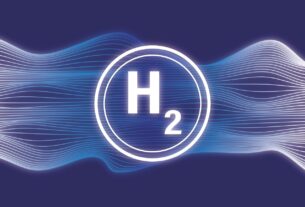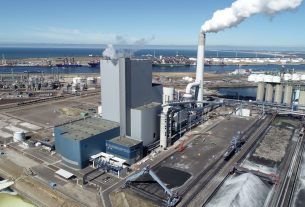Germany – Siemens Energy and Air Liquide joined forces to inaugurate a factory in Berlin, which, despite its modest size, holds the promise of revolutionizing the decarbonization of heavy industry. This facility is set to manufacture electrolyser modules, a key component in the production of low-carbon hydrogen.
What makes this factory groundbreaking is its capacity to produce these electrolyser modules, also known as stacks, capable of sending an electric current through water, thereby separating the molecules of hydrogen and oxygen found in H2O, the chemical formula for water. The ambitious venture, with a total investment of approximately 30 million euros, sees Siemens Energy shouldering 75% of the financing, with the remaining 25% covered by their French partner in the Franco-German collaboration, Air Liquide.
These compact cubic modules might appear unassuming but have the potential to be connected in series to create industrial electrolysers, critical for producing the substantial volumes of hydrogen required to decarbonize heavy industries such as steel manufacturing, chemicals, oil refineries, and cement production.
Factory in Berlin
The factory’s location, set in a historic Siemens site in Berlin dating back to 1904, covers a mere 2,000 square meters but operates with impressive efficiency. It’s entirely automated and robotic, boasting a production capacity of 1 gigawatt per year, with projections suggesting it could reach 3 gigawatts by 2025.
This venture represents a significant turning point in the world’s hydrogen production industry, which has long relied on the transformation of methane gas, a process notorious for emitting large quantities of CO2 into the atmosphere, resulting in what’s known as “gray” hydrogen. The key distinction here is that by utilizing electricity sourced from wind, solar, or hydraulic energy in the electrolysis process, the hydrogen produced becomes green and low carbon.




